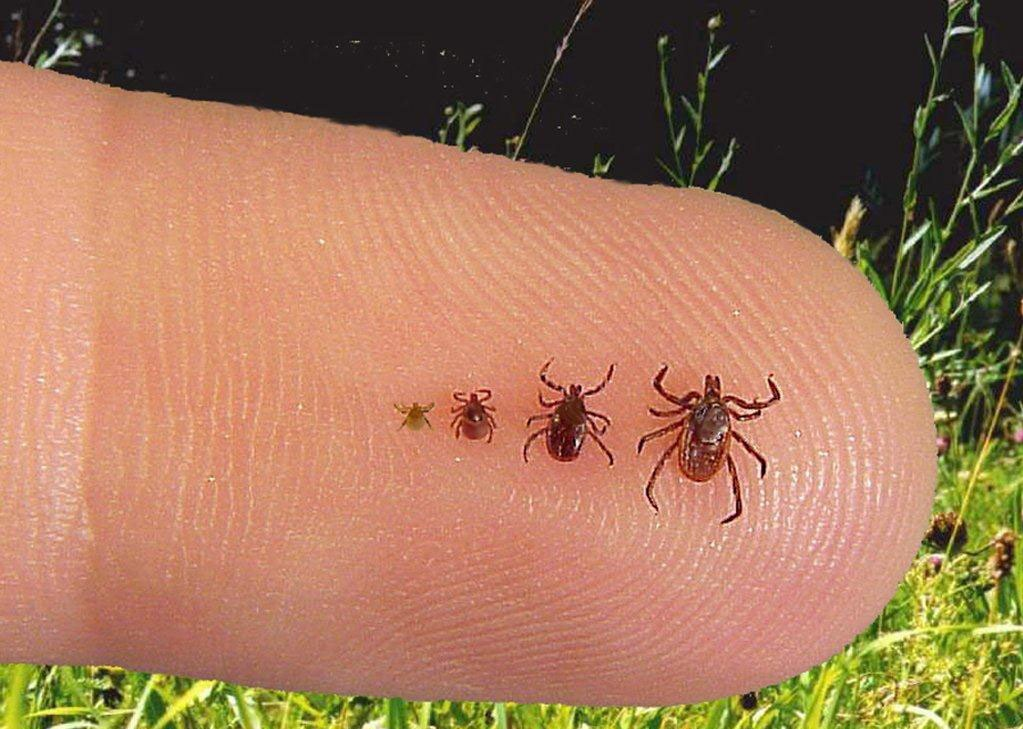Ticks may be tiny, but the problems they bring are anything but small. Unlike bees or butterflies that play a role in nature’s balance, ticks contribute little to the environment yet pose significant risks to both people and pets. They are infamous for carrying diseases like Lyme disease, Rocky Mountain spotted fever, babesiosis, and anaplasmosis. Left untreated, these illnesses can lead to long-term complications that are far more serious than just an itchy bite.
That’s why awareness and prevention matter so much. If you spend time outdoors—hiking, gardening, camping, or even just walking your dog—you’re stepping into their territory. Ticks thrive in wooded areas, tall grass, and even leaf piles, patiently waiting for their next host.

Dress Smart to Reduce Risk
Think of your outfit as your first line of defense. Ticks don’t care about style, but they do find it harder to grab onto clothing that covers your skin. Experts recommend:
- Long pants and sleeves – This reduces exposed skin.
- Tall socks or boots – These keep ticks from crawling up your legs.
- Light-colored clothing – It makes spotting ticks much easier.
You don’t need to look like you’re headed on a jungle expedition—just be strategic about coverage.
Video: 5 Tips to Prevent Tick Bites and Getting Lyme Disease | Johns Hopkins Medicine
Power of Repellents and Treated Clothing
Repellents are like invisible shields. Sprays containing DEET or picaridin help keep ticks away, while permethrin-treated clothing actually repels and kills ticks on contact. If you’re planning a long hike or camping trip, these products can significantly cut down your exposure.
And here’s a tip: always stick to the center of trails. Brushing up against shrubs and tall weeds is like walking through a tick buffet.
The Viral Lint Roller Hack
Here’s where things get surprisingly simple. A viral post shared thousands of times online introduced a low-cost trick that actually works: the lint roller method.
It sounds almost too easy, right? But that’s what makes it so clever. Before heading inside, just roll a sticky lint roller over your clothes. Ticks that haven’t attached yet will stick instantly. This takes just a few seconds and could prevent you from bringing an unwanted hitchhiker into your home.
Why is this method so effective? Because ticks often crawl for a while before biting. The sticky surface traps them in their tracks. And the best part—most of us already own lint rollers to deal with pet hair or dust.
Tick Checks and Daily Habits That Matter

Even with protective clothing and lint rollers, ticks are persistent. That’s why it’s smart to layer your defenses:
- Full-body checks – Look behind the ears, under arms, waistbands, knees, and other hidden spots.
- Shower after being outdoors – This can wash away ticks that haven’t yet latched on.
- Pet protection – Dogs and cats are common carriers. Use vet-approved tick treatments and check their fur daily.
Think of it like airport security. One checkpoint isn’t enough—you need several layers of screening to make sure nothing slips through.
Why the Simple Solutions Work Best
Sometimes, the easiest tricks are the most effective. While repellents, clothing, and careful trail habits are essential, adding the lint roller hack takes your defense system to the next level. It’s portable, affordable, and practical. You can keep one in your car, by the door, or even in your backpack.
The real win? It turns tick prevention into a quick, everyday habit rather than a complicated routine.
Conclusion: Building a Solid Defense Against Ticks
Video: This video by the Lake County Health Department expertly shows how running a sticky lint roller over your clothing can catch ticks before they latch on
Ticks may be sneaky, but they aren’t unbeatable. By dressing wisely, using repellents, sticking to safe outdoor habits, and adopting clever tools like the lint roller hack, you can dramatically cut your risk. Add in regular tick checks for yourself and your pets, and you’ve built a strong wall of protection.
The takeaway? Staying safe from ticks doesn’t require expensive gear or complicated systems. It’s about being proactive, layering your defenses, and remembering that sometimes the simplest ideas—like a sticky roller—can make the biggest difference.


